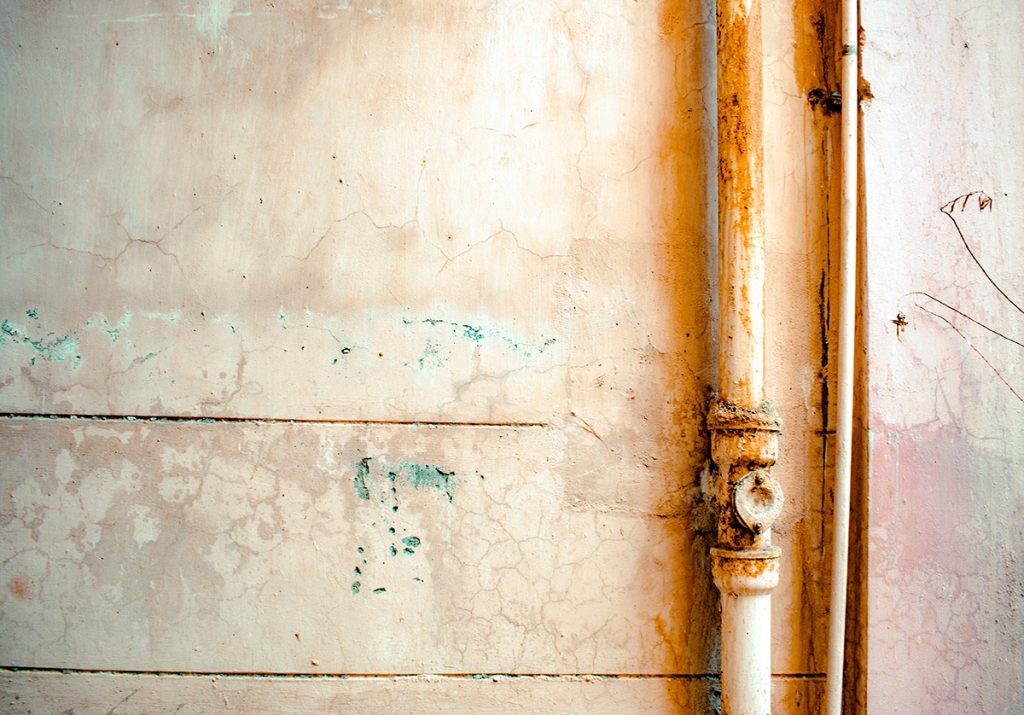Solid waste removal, water supply, and gas pipes are part of the overall plumbing system. Normally, plumbing systems are important parts of any building. Without functional plumbing pipes and fixtures, any property that’s under construction is incomplete. Typically, plumbing systems include supply lines, fixtures, drains, joints, vents, connectors, and appurtenances in any building. You’ll see other types and subsystems of plumbing networks in this article.
Plumbing Pipes
Water distribution pipes are channels for supplying clean water or draining wastewater and human wastes. However, plumbing pipes are made from different materials, come in different sizes. Usually, drain-waste-vent pipes have larger diameters than water supply pipes. While they have different pressures, flexible plastic (polyethylene) pipes are one of the most common types. Let’s analyze the features of respective distribution pipes in plumbing systems.
Cast Iron and Galvanized Steel Pipes
You can identify steel or cast iron pipe with the threads at the ends, and textures of material. One of the drawbacks with metallic pipes for water is the risk of contamination after a long period. Also, metallic pipes are difficult to cut and heavy to carry. Previously, it was a trend to use cast iron pipes for drainage purposes. However, both cast iron and galvanized steel pipes are strong and more suited for supplying gas to cookers and heaters. During pipe relining projects, these pipes are installed by screwing their connecting joints.

Copper Pipes
Flexible copper pipes are tolerant of high temperatures and ideal for connecting water heating devices. While these tubing pipes have small diameters, they are adjustable and can fit into unusually-shaped areas of any interior space. However, the cost of installing flexible copper pipes is expensive, and they can snap easily. Apart from water heaters, copper pipes are used for connecting plumbing fixtures like sinks.
PEX Pipes
The PEX pipe is also called a cross-linked polyethylene pipe. They are not ideal for connecting push-fit plumbing fittings because of water leaks. However, PEX pipes are flexible and inexpensive. As high-end water supply pipes, they come in different colour-codes (red for hot, blue for cold water) for different applications.
Drain-Waste-Vent (DWV) System
As a building’s exterior plumbing system, drain-waste-vent (DWV) fixtures help to ventilate sewage gases and handle toxic materials. Normally, a home’s DWV system is a network of all water-using appliances in kitchens and bathrooms. These plumbing fixtures connect with wastewater and sewage sub-surface pipes. However, one of the challenges of this DWV plumbing system is clogged drains.
Kitchen Sink Plumbing System
The kitchen is one of the most important places where you need a functional plumbing system. There are spaces under the bowls of kitchen sinks for water filtration devices and drain lines. Also, the faucets on sink bowls have a cold, and hot water supply lines respectively. Additionally, you can have a neat connection by connecting the drainpipes of your dishwasher and kitchen sink.
Bathroom and Toilet Plumbing System
Plumbing fixtures in bathrooms include hand-wash sinks, bathtubs, toilets, and showers. Other water-using appliances are washing machines and water heaters. Generally, there are two sub-systems in bathrooms; water supply and drain-waste-vent lines. While the former line supplies fresh water sourced from the municipal facility, the other line handles waste removal. This plumbing system needs regular inspection and maintenance to avoid any devastating water damages.
Understanding how the basic components of plumbing systems work together can help during a plumbing emergency. Usually, smart plumbers attach shut-off valves to most home fixtures. When there’s a fault like a leakage, shut-off vales allow residents to control the flow without shutting down the entire supply to their homes until they call in someone to fix the drains. However, during plumbing projects (or maintenance), contractors should adhere to building codes.

